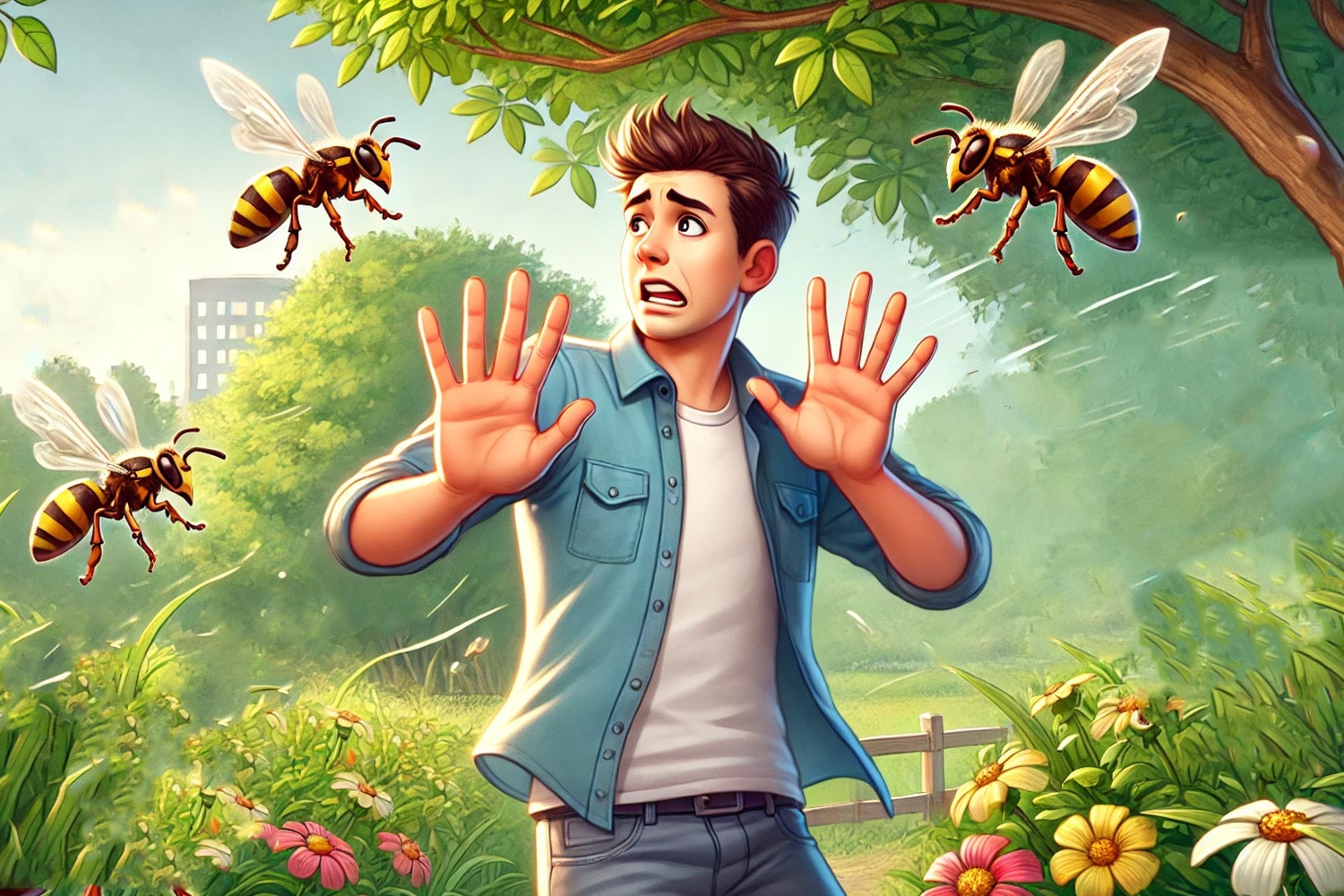Summer is a time for outdoor activities, nature, and warm weather. However, during this season, the risk of encountering insects that can be dangerous to humans increases. Bee and wasp stings cause pain, swelling, and, in some cases, severe allergic reactions. Quick and proper first aid can help reduce discomfort and prevent complications. In this article, we will discuss how to respond to such an incident and when to seek medical attention.
Differences Between Bee and Wasp Stings
Although both bees and wasps belong to the order Hymenoptera, their stings have different effects. Understanding these differences helps provide faster and more effective assistance.
- Bees leave their stinger in the skin because it has barbs. After stinging, the insect dies, but its venom continues to enter the body until the stinger is removed;
- Wasps do not leave their stinger and can sting multiple times. Their venom is more aggressive, causing more intense burning and swelling.
First Aid for Stings
Acting quickly is essential to minimize pain and prevent complications. Following the correct steps can significantly ease the victim’s condition.
Removing the Stinger
If a bee sting leaves a stinger in the skin, it must be carefully removed.
- Do not squeeze the stinger with fingers or tweezers, as this may push more venom into the body;
- Use a blunt object instead – such as a credit card or fingernail, to scrape the stinger off the skin’s surface;
- After removal, disinfect the affected area to prevent infection.
Reducing Swelling and Pain
Once the stinger has been removed or the wound has been treated, steps should be taken to reduce inflammation.
- Apply ice or a cold compress – this helps relieve pain and limit swelling;
- Disinfect the sting area – this reduces the risk of bacterial infection;
- A baking soda paste can be applied – mix baking soda with water and spread it over the affected area.
When to Seek Medical Help?
In most cases, stings heal on their own within a few days, but medical attention may be necessary in certain situations.
- Severe allergic reaction. If the person experiences difficulty breathing, dizziness, or swelling of the face or throat, emergency medical assistance should be sought immediately.
- Multiple stings. A large number of stings can be dangerous, especially for children or individuals with chronic health conditions.
- Infected sting site. If redness, pus, or fever develops around the sting area, a doctor’s consultation is necessary.
How to Prevent Stings?
To reduce the risk of insect attacks, follow a few simple precautions.
- Avoid sudden movements – bees and wasps usually sting in response to perceived threats;
- Do not consume sweet foods and drinks outdoors – they attract insects;
- Wear light-colored clothing – darker colors attract aggressive insects more easily;
- Avoid walking barefoot in areas where nests may be present – this is particularly important in forests and near water bodies.
Bee and wasp stings can cause significant pain, swelling, and, in some cases, severe allergic reactions. Quick and appropriate first aid helps alleviate discomfort and prevent complications. If the victim exhibits symptoms of a severe allergic reaction or has multiple stings, immediate medical assistance is required. Following preventive measures can help avoid dangerous situations and ensure a safer outdoor experience.





